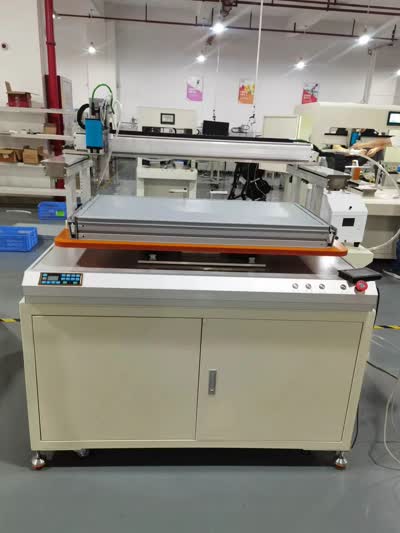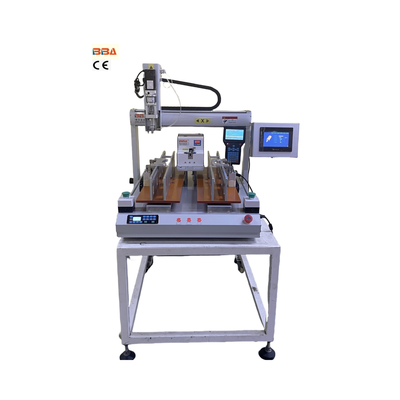Automated Fastening Systems | Global Industrial Automation Demand
| Product Name | Applicable industries |
| Automatic Screw Feeder | Power Tool Assembly Lines |
Global Demand for Automated Fastening Systems
The industrial automation landscape is undergoing a significant transformation, driven by the increasing need for efficiency, precision, and reliability in manufacturing processes. At the heart of this evolution lies the growing global demand for automated fastening systems. These sophisticated solutions are revolutionizing assembly lines across diverse sectors, from automotive and aerospace to electronics and consumer goods. As companies strive to enhance productivity and maintain competitive advantage, the shift from manual to automated fastening has become a critical strategic imperative.
Key Drivers Behind the Rising Demand
Several powerful factors are fueling the worldwide adoption of automated fastening technologies. The relentless pursuit of superior product quality and consistency is a primary catalyst. Manual fastening is inherently susceptible to human error, leading to variations in torque, potential cross-threading, and incomplete installations. Automated systems eliminate these inconsistencies by delivering precise, repeatable, and documented torque application every time, drastically reducing defects and rework.
Furthermore, the pressing need for increased operational efficiency is pushing manufacturers toward automation. These systems operate at significantly higher speeds than human workers, dramatically accelerating cycle times and boosting overall output. They can also operate continuously without fatigue, maximizing production uptime. This is coupled with the urgent challenge of addressing labor shortages and rising labor costs in many industrialized regions. Automated fastening systems provide a viable solution, augmenting the workforce and allowing skilled laborers to focus on more complex, value-added tasks.
Technological Advancements and Integration
Modern automated fastening systems are marvels of engineering, seamlessly integrating with Industry 4.0 and smart factory initiatives. Equipped with advanced sensors and vision systems, they can verify part presence, confirm correct fastener selection, and perform real-time quality checks. This data-rich environment enables predictive maintenance, preventing unexpected downtime by alerting operators to potential tool wear or mechanical issues before they cause a failure.
The integration of these systems into larger networked production lines allows for unprecedented traceability and data analytics. Every fastened joint can be logged with its specific torque value and timestamp, creating a comprehensive digital record for quality assurance and compliance purposes. This level of connectivity is essential for building the flexible and responsive manufacturing ecosystems required in today's market.
Future Outlook and Industry Impact
The future trajectory for automated fastening systems points toward continued robust growth. Emerging economies are rapidly industrializing and investing in modern manufacturing capabilities, creating new markets for this technology. Meanwhile, established manufacturing hubs are continuously retrofitting and upgrading existing facilities to stay competitive.
Innovation in this field is constant. We are witnessing the development of increasingly collaborative robots (cobots) designed to work safely alongside humans on intricate assembly tasks. There is also a growing emphasis on designing systems for ease of use and rapid reconfiguration to accommodate high-mix, low-volume production runs, which are becoming more common. As industries continue to prioritize efficiency, quality, and flexibility, the global demand for intelligent, connected, and highly efficient automated fastening systems is poised to expand even further, solidifying their role as a foundational element of modern industrial automation.



